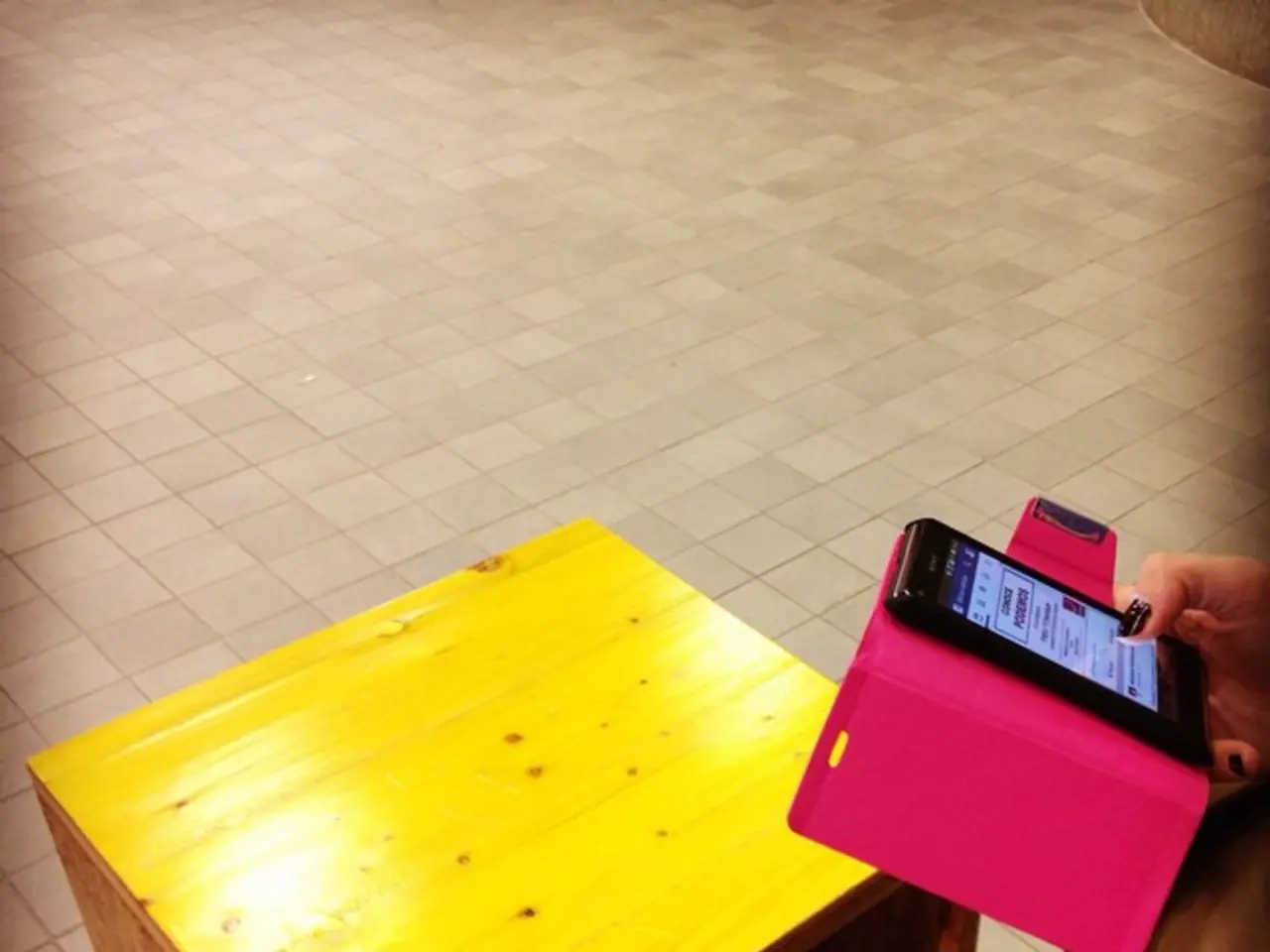Phone Surface Cleanliness Discussed: Correct Methods for Sanitizing Your Device Revealed
In today's digital world, smartphones have become an essential part of our daily lives. They are constantly with us, whether we're in the office, at home, or on the go. However, this close proximity to our phones also means they can harbour hundreds of species of bacteria and viruses, making it crucial to maintain a clean and hygienic device.
While it's important to keep our phones clean, using inappropriate cleaning methods can potentially damage a phone's protective coatings, waterproof seals, or touch sensitivity. Here's a simple guide to safely clean and disinfect your smartphone without causing any damage.
- Preparation: Before you start cleaning, power off your device and unplug all cables. Remove any protective cases to avoid moisture entering ports or damaging internal components.
- Choose the Right Cleaning Agent: Use disinfectant wipes containing 70% isopropyl alcohol, or lightly dampen a soft, lint-free microfiber cloth with a 50:50 mixture of water and isopropyl alcohol. Avoid harsh cleaning agents such as bleach, hydrogen peroxide, abrasive cleaners, or baby wipes, as they can damage the screen’s oleophobic coating.
- Application: Never spray or apply liquids directly onto the phone. Always apply the solution to the cloth first to prevent moisture seeping into openings and internal components.
- Cleaning: Wipe down the surfaces of your phone, taking care when cleaning delicate areas like speaker grills and charging ports. For these areas, use soft-bristled brushes (nylon, horsehair, or goat hair) or cotton swabs. Avoid compressed air, as it might damage coatings.
- Drying: Let the phone air dry completely before turning it back on or reattaching cases.
- Daily Cleaning: For daily cleaning, a dry microfiber cloth or specialized products like UV light sanitizers (e.g., PhoneSoap) can help reduce germs without the moisture risk.
These guidelines are recommended by major smartphone manufacturers like Apple and Samsung, who have updated their cleaning recommendations to permit the use of 70% isopropyl alcohol wipes applied carefully to protect screen coatings and device integrity.
In summary, the safest method combines powering off, gentle application of a 70% isopropyl alcohol cloth, avoiding direct liquid application, and using soft materials to preserve coatings and device durability. Regular cleaning of your phone is essential to avoid potential health risks from germ transmission. Although not all bacteria and viruses found on phones cause sickness, the potential for transmission is present.
So, remember to keep your phone clean and safe, not just for a smudge-free screen, but also for your health. Happy cleaning!
In the realm of education-and-self-development, one can learn about effective methods to clean and disinfect smartphones, a crucial aspect of health-and-wellness. For example, nutritious meals and regular fitness-and-exercise are integral parts of personal-growth, but clean phones help maintain a hygienic lifestyle as well. Therefore, understanding the commentary on phone cleaning practices, such as using 70% isopropyl alcohol and avoiding harsh chemicals, is essential for overall well-being.




